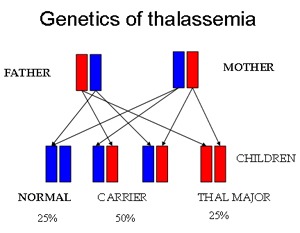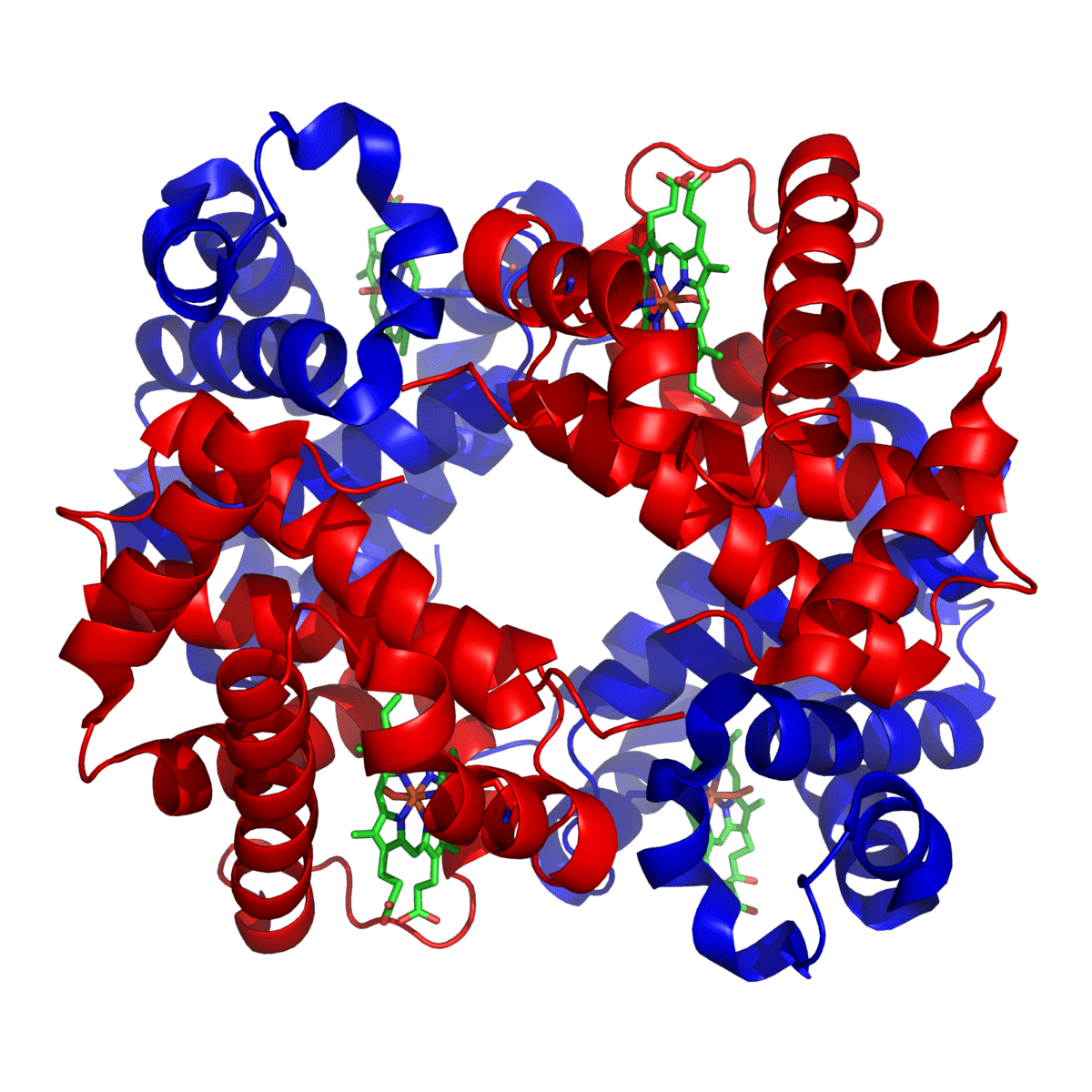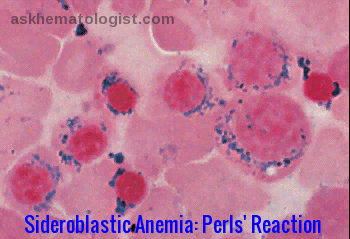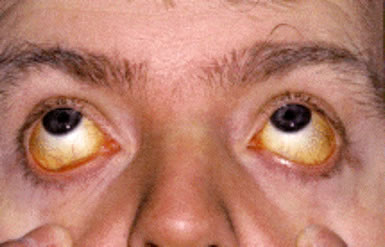Thalassemias
What are Thalassemias?
Thalassemias are inherited blood disorders in which the body makes an abnormal form of hemoglobin. Hemoglobin is the protein molecule in red blood cells that carries oxygen. These disorders result in excessive destruction of red blood cells, which leads to anemia.
In thalassemias, there is an abnormality of one or more of the globin genes leading to reduced globin protein production. There is, therefore, an imbalance of ß:α globin chain synthesis leading to globin chain precipitation, ineffective erythropoiesis, and hemolysis.
The hemoglobin molecule is a tetramer consisting of 4 polypeptide chains, known as globins, which are usually:
2 alpha chains that are each 141 amino acids long
2 beta chains that are each 146 amino acids long
Attached to each chain is an iron-containing molecule known as haem.
Oxygen is transported in combination with the iron molecule of the haem group (this is an oxygenation reaction, not oxidation).
Clinical syndromes of the ß thalassemias:
Thalassemia major (disease):
- This occurs when both ß genes are Thalassemic.
- Anemia develops at about 2 months of age (after HbF⇒HbA switch).
- Untreated there is a failure to thrive and physical retardation.
- The child develops bossing of the skull, ‘Mongoloid’ facies and hepatosplenomegaly.
- Plain skull X-ray shows the classical ‘hair on end‘ appearance. The maxilla may overgrow with a prominence of the upper incisors, and separation of the orbit. These produce the characteristic thalassemia facies in thalassemia major.
- Death usually occurs in childhood if untreated.
Thalassemia minor (trait):
- Affected individuals have only one affected ß gene.
- Anemia is either not present or very mild.
Thalassemia intermedia:
This is a heterogeneous group of disorders in which both ß genes and sometimes one or more ∝ genes are affected but the disease process is relatively mild with no transfusion requirement and little physical retardation.
Investigations:
- The Hb is variably reduced.
- The RBCs are invariably microcytic in all types of the disorder.
- In the disease state target cells, stippled cells and nucleated RBCs are seen in the blood film.
- In ß thalassemia trait, HbF is usually normal and HbA2 is slightly raised (5%). In disease, there is increased HbF and HbA2. HbA may be absent in homozygous ß thalassemia.
Clinical syndromes of the ∝ thalassemias:
Silent ∝ thalassemia:
Only one of the genes is affected and a slight reduction in the MCV is the only abnormality.
Thalassemia trait:
Two or three ∝ genes are affected and individuals may be asymptomatic or mildly anemic.
Hb Bart’s hydrops fetalis:
All four ∝ genes are involved, leading to inadequate HbF production with intrauterine death.
Investigations:
- The MCV is reduced and HbH (ß4 tetramers inclusion bodies) may be seen in RBCs.
- Electrophoresis shows the presence of HbH (not in silent form) and there may be a small amount of Hb Barts, especially at birth.
- HbA is not raised.
- In hydrops fetalis there is no HbA, HbA2 or HbF; only Hb Barts and some embryonic hemoglobins.
Treatment:
- In ∝ and ß thalassemia trait problems usually only arise with infections or during pregnancy. Folic acid is usually given throughout pregnancy.
- Nutritional supplements, in the form of folic acid supplements, and monitoring of B12 levels are important, as these nutrients are key components to making healthy blood cells.
- It is important to prevent patients from being given iron supplements because of the low MCV.
- In ß thalassemia disease, patients often require frequent blood transfusions, possibly every few weeks. Over time, blood transfusions cause a buildup of iron. Iron chelation with deferasirox (Exjade) or subcutaneous desferrioxamine (Desferal) can help remove the excess iron.
- Some patients with ß thalassemia intermedia may need treatment for iron overload with deferasirox. Although most people with this condition don’t need the blood transfusions that often cause iron overload, people with ß thalassemia intermedia may have increased digestive absorption of iron, leading to an excess of iron.
- Splenectomy is required if the transfusion requirement increases.
- Bone marrow and stem cell transplant from a compatible related donor is the only treatment that can cure thalassemia. It is the most effective treatment. Compatible means that the donor has the same types of proteins, called human leukocyte antigens (HLA), on the surface of their cells as the person who will be receiving the transplant. Bone marrow transplant from a compatible brother or sister offers the best chance at a cure. Most patients with thalassemia, however, lack a suitable sibling donor. A bone marrow transplant is done in the hospital. Within 1 month, the transplanted bone marrow stem cells will start to make new, healthy blood cells. Given the high risks of a bone marrow transplant, it is not routinely recommended for those with mild or moderate thalassemia.
Prenatal testing:
Testing can be done before a baby is born to find out if it has thalassemia and determine how severe it may be.
Tests used to diagnose thalassemia in fetuses include:
- Chorionic villus sampling: this test is usually done around the 11th week of pregnancy and involves removing a tiny piece of the placenta for molecular analysis.
- Amniocentesis: This test is usually done around the 16th week of pregnancy and involves taking a sample of the amniotic fluid.
References:
Borgna-Pignatti C, Galanello R (2009). Thalassemias and related disorders: Quantitative disorders of hemoglobin synthesis. In JP Greer et al., eds., Wintrobe’s Clinical Hematology, 12th ed., vol. 1, pp. 1083-1131. Philadelphia: Lippincott Williams and Wilkins.
Weatherall DJ (2010). The thalassemias: Disorders of globin synthesis. In K Kaushansky et al., eds., Williams Hematology, 8th ed., pp. 675-707. New York: McGraw-Hill.
Hillman R, et al. (2011). Thalassemia. In Hematology in Clinical Practice, 5th ed., pp. 65-78. New York: McGraw-Hill.
Cooley, T., Lee, P.A. A series of cases of splenomegaly in children with anemia and peculiar bone changes. Trans Am Pediatr Soc. 1925;37:29–30.
Flint, J. et al, The population genetics of the haemoglobinopathies. Baillieres Clin Haematol. 1993;6:215–362.
Thalassemias: Management and Treatment. http://my.clevelandclinic.org/health/diseases/14508-thalassemias/management-and-treatment
National Heart, Lung, and Blood Institute. What Are Thalassemias? Accessed 3/5/2020.
What Causes Thalassemias?. NHLBI. 3 July 2012. Archived from the original on 26 August 2016. Retrieved 5 September 2016. http://www.nhlbi.nih.gov/health/health-topics/topics/thalassemia/causes
Khan A, Rehman AU. Laboratory Evaluation of Beta Thalassemia. [Updated 2022 Aug 30]. In: StatPearls [Internet]. Treasure Island (FL): StatPearls Publishing; 2023 Jan-. Available from: https://www.ncbi.nlm.nih.gov/books/NBK585044/












Sir, Minor thalassemia patients are eligible to take corona vaccination or not?
Hi Charles,
Yes, you can go ahead with your COVID-19 vaccination as scheduled by your GP.
BW,
I have thalassemia beta minor and am 26 weeks pregnant and am unable to increase my hemoglobin levels to where they need to be and am taking floradix and hemoplex. is it even possible to increase my hemoglobin levels using iron supplements? how can i raise my hemoglobin from 8.9 to a 10?
Hi Emily,
Thank you for your comment.
The majority of patients with beta-thalassemia trait do not require any treatment, and there are no specific treatment guidelines for beta-thalassemia trait.
If there are concerns about symptomatic anaemia, serum iron and ferritin levels should be checked to assess whether iron supplementation is required or not.
Increasing your iron supplements to improve your hemoglobin is not recommended if you are not iron deficient.
Check also your serum Folate and B12 to see if you need supplements.
BW
Thank you very much. I have been overwhelmed trying to convey this to my provider who had never heard of thalassemia and i dont understand it fully myself. Also, will beta thalassemia contribute to a low platelet count?
Beta thalassemia trait (also known as beta thalassemia minor) will not contribute to, or lead to, a low platelet count.
Hi Suntarn,
Thank you for your comment.
I agree, thalassemia does not directly affect the platelet count and white blood count.
If leucocytosis occurs, it may signify an acute infection.
However, for unknown reasons, many individuals with thalassemia can have elevated neutrophil counts.
Iron deficiency anemia must be ruled out before diagnosing thalassemia.